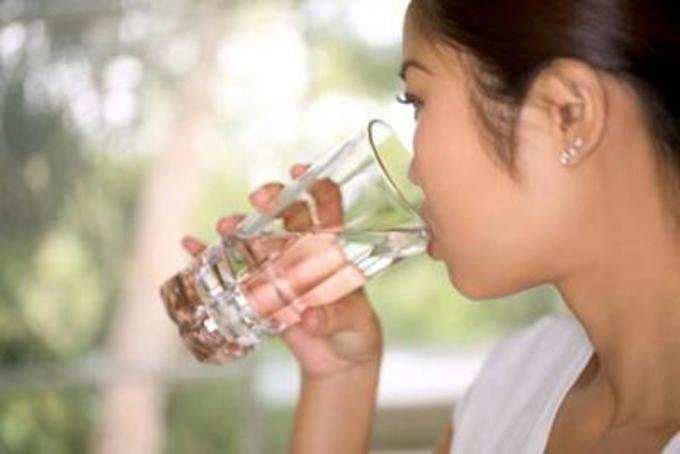 While lead poisoning remains to be one of the most critical health concerns in India, the ill-effects of this harmful metal has only recently dawned upon us with the series of controversies and chaos. The nation has woken up from its deepest slumber and realized that lead is an extremely dangerous metal, which on being consumed continuously can adversely affect health and have a serious impact on the mental development of young children and mothers.
While lead poisoning remains to be one of the most critical health concerns in India, the ill-effects of this harmful metal has only recently dawned upon us with the series of controversies and chaos. The nation has woken up from its deepest slumber and realized that lead is an extremely dangerous metal, which on being consumed continuously can adversely affect health and have a serious impact on the mental development of young children and mothers. According to WHO, lead exposure is estimated to account for 1, 43,000 deaths per year with the highest burden in developing regions. Also, it is estimated that more than 20% of exposure to lead comes from
It is believed that human exposure to lead through water increases due to degraded plumbing in old buildings or on account of breakage and through mixing with
• Have your water tested- One cannot see, touch or smell lead in drinking water. The only way of being sure about the presence and amount of lead in your home water is to have it tested by a competent laboratory. Testing is important as it provides you with free water analysis and plumbing audit, so that one can be armed with the information needed to make the right decisions for you and your family. Ask your water supplier or consult an expert water specialist who can share information or assistance with testing
• Purifier with lead removal efficiency - While choosing a water purifier, opt for the one which can remove lead and other heavy metals from water like patented HCCB cartridge
• Boiling is not enough- Boiling water only provides protection against microbial contamination caused by bacteria, virus, protozoa etc. It does not remove dangerous chemicals or new-age contaminants like lead, pesticides and physical impurities like mud, dust, rust etc. In fact this method of purification is liable to concentrate contaminants like lead, asbestos, mercury, and many toxic organic chemicals that do not vaporize and the relatively pure water vapor boils off
• Advanced Technologies- With newer and advanced products in the market, one can opt for the products with Mineral Guard Technology and G Tech which chooses the optimum purification technology designed to effectively purify water from various sources
Since water is the basic and most important ingredient in our life, let us move towards safeguarding our family and ensuring a healthy living for them, always.
(The article is authored by Dr Abhay Kumar,